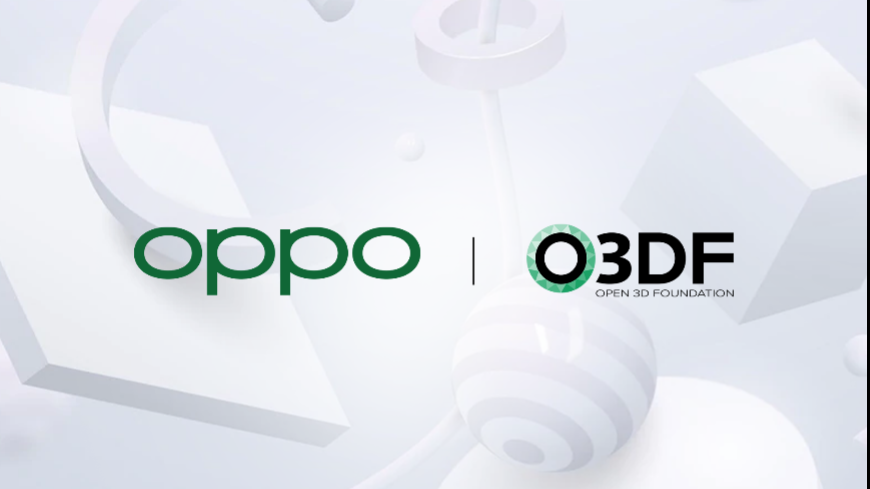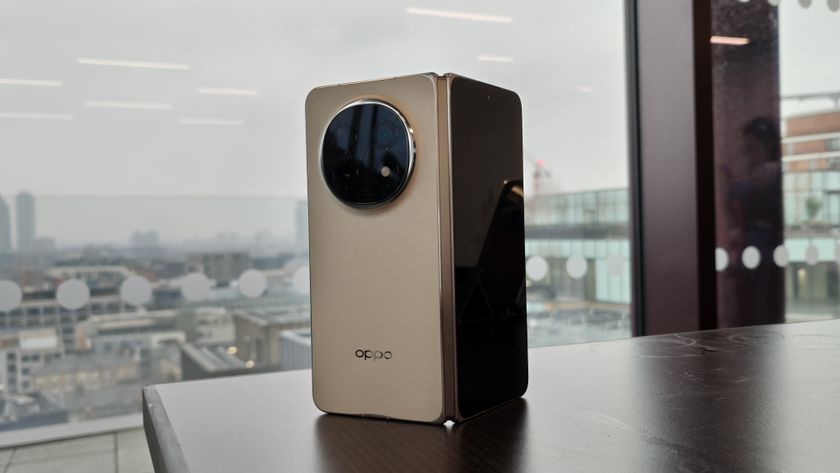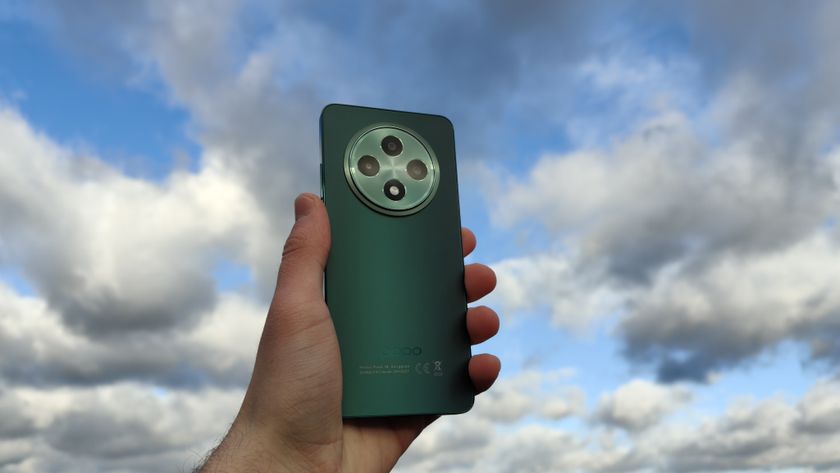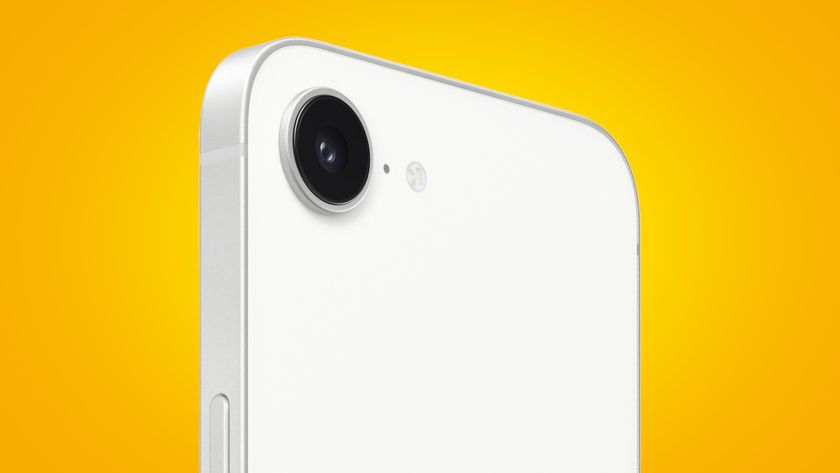Oppo's bid to improve 3D graphics on mobile devices - Here's how
Joins the Open 3D Foundation

As gaming increasingly becomes a mobile-first experience, Oppo has joined the Open 3D Foundation (O3DF), which promotes cooperation and pools resources among 3D graphics developers on open-source Linux platforms.
Oppo's collaboration will be part of the newly proposed O3DE (Open 3D Engine) Mobile Device Working Group — a cross-platform, open-source engine capable of powering AAA games and cinema-quality 3D worlds. The O3DF has 25+ other leading technology companies, including Adobe, Amazon Web Services, Intel, and Microsoft, among its supporting members.
What is Oppo's game plan?
Oppo has become part of the foundation to "not only contribute to the development and adaptation of 3D graphics technology for mobile devices but will also boost the performance of 3D graphics on them by working with other industry leaders." Oppo said it will also help in creating a working group specialized in the adaptation and development of the O3DE on mobile devices.
Hansen Hong, Director of Oppo Software Technology Planning, said: "Together with the Mobile Device Working Group, we will bring smoother and more user-friendly mobile development experiences to O3DE developers while generating more efficient yet immersive and realistic rendering applications for mobile users."
Royal O'Brien, general manager of Digital Media and Games at the Linux Foundation and executive director of O3DF, said: "New members like Oppo make it easier for developers to build 3D solutions that combine the technologies best suited to a diverse set of use cases. Mobile gaming is a great example of how that modular approach fosters extensibility and adaptability from our core technology."
The O3DE, a cross-platform 3D engine licensed by Apache 2.0 and MIT, features a completely modular construction, allowing developers to choose the functions they want according to their needs. Due to its open-source nature and modularity, the engine is highly scalable, and developers can add new tools, functions, and development processes to their projects.
Basically, it will help pool ideas and create new technologies for mobile gaming that allow for advanced computer graphics features such as ray tracing. At the Game Developers Conference (GDC) in March this year, Oppo introduced the ColorOS Ray Tracing 3D Wallpaper. It was the first time that interactive ray tracing applications were successfully brought to smartphones. "Users can watch in real-time by tilting the smartphone as virtual light interacts with virtual environments to create shadows, reflections, and other lifelike light effects," Oppo said.
Get daily insight, inspiration and deals in your inbox
Sign up for breaking news, reviews, opinion, top tech deals, and more.

Over three decades as a journalist covering current affairs, politics, sports and now technology. Former Editor of News Today, writer of humour columns across publications and a hardcore cricket and cinema enthusiast. He writes about technology trends and suggest movies and shows to watch on OTT platforms.
Most Popular





